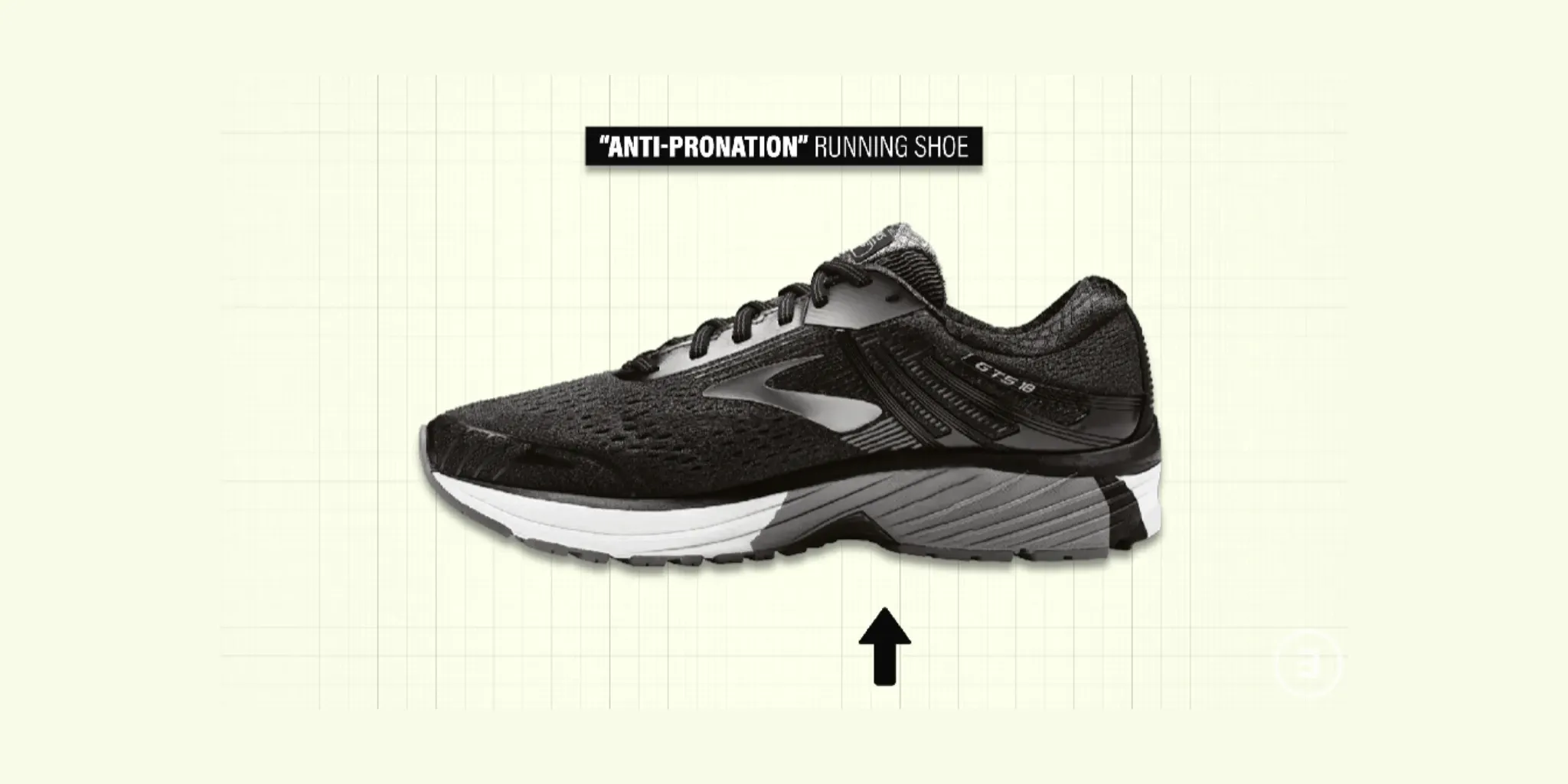Things to Know When Choosing the Best Running Shoes
Lighter shoes can help you run faster, but that doesn’t always mean they’re better.
Some lightweight shoes don’t give enough support or comfort, especially on longer runs. Many brands now use special foams like PEBA or nitrogen-infused foams that absorb shock really well without adding too much weight.
If your legs get sore easily or you're recovering from injury, look for shoes with extra cushioning. You also need to read more information about pronation to choose shoes that protect your feet.

The foam inside your shoe (in the midsole) plays a big part in how the shoe feels. Here are two common types you’ll see:
-
EVA Foam (Ethylene Vinyl Acetate): This is the most common type of foam. It’s soft and comfy, but not the most springy or lightweight. You’ll usually find it in budget or mid-range shoes. Great for everyday use, but may feel flat on faster runs.
-
Supercritical EVA (Nitrogen-Infused Foam): This is a new and improved version of EVA foam. It’s made by adding nitrogen, which fills the foam with tiny bubbles. This gives the shoe more bounce and better durability. It’s lighter and lasts longer than regular EVA, and you’ll often find it in higher-performance running shoes.
Why You Should Trust Us
Choosing the right running shoe isn’t just about style or brand names — it’s about understanding how design, fit, and materials affect your body with every step. That’s why we’ve dedicated countless hours to researching what makes a shoe truly supportive and worth your investment.
Along the way, we’ve studied scientific research on foot health, pored over medical and sports articles, and listened closely to insights from athletes and podiatrists.
We’ve also read through real-world feedback from everyday runners who know what it’s like to log miles in these shoes. By combining science, expert advice, and lived experience, we bring you recommendations you can feel confident about.
Final Thoughts
You don’t need the most expensive pair or the latest release—what matters most is how the shoe feels on your feet.
Look for comfort, support, and a design that suits your running goals. When your shoes feel good, running becomes a lot more enjoyable.
The products on this list are all excellent, but if I had to choose, I’d go with the PUMA Fast R3 (Men’s/Women’s) and the Nike Zoom Fly 6 (Men’s/Women’s). The PUMA Fast R3 delivers speed and comfort, making it a top choice for serious runners. The Nike Zoom Fly 6 shines with smooth responsiveness, perfect for tempo training.





















